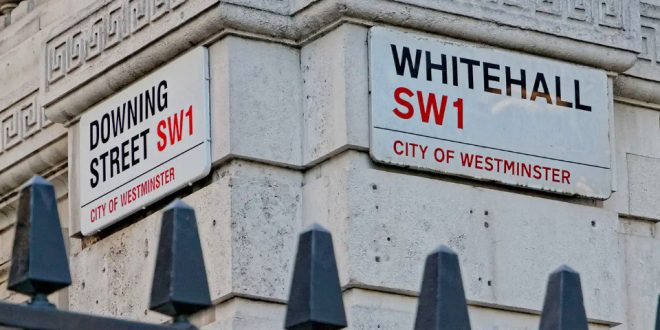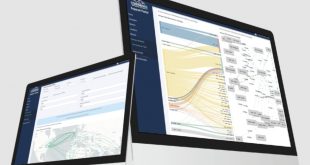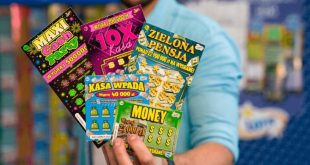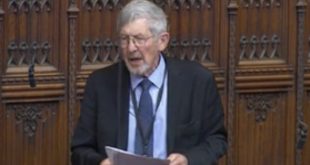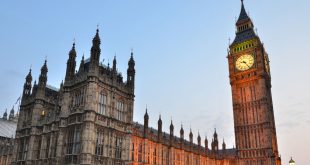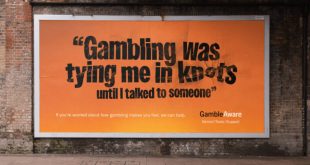DCMS has submitted its business estimates to the National Office of Statistics (ONS), tracking the performance of sectors under its regulatory remit for the period of March 2019 to March 2022.
The report provides estimates on the business contribution (number, turnover, and employment) of sectors governed by DCMS, excluding civil society (charities and voluntary associations).
At present, DCMS’ regulatory remit oversees creative industries, culture, digital, sports, telecoms, tourism and gambling, which combined represents about 23% of all 2,768,000 businesses registered in the UK.
Though the report acknowledges that business services overlap within individual sectors, DCMS details that as of March 2022, the UK has 1,000 gambling businesses. Making just 0.2% of all businesses included in the report, gambling is recognised as the smallest sector governed by the department.
Tourism and Creative industries held DCMS’s highest business presence, accounting for 321,000 (50%) and 272,000 (42%) of businesses respectively, a classification which includes ‘sector overlaps’.
An index provided by DCMS used the standard classification of ‘gambling and betting activities’ to classify businesses assigned to UK gambling. The index detailed that gambling had no overlap with other sub-sector categories such as advertising, IT, publishing, and marketing.
Within gambling, DCMS has categorised 705 businesses as micro-sized with zero to nine employees, 255 as small with 10 to 49 employees, 70 as medium with 50 to 249 employees, and 35 as large with 250 or more employees.
Of the 1,000 gambling businesses classified by DCMS, the report cites that 235 exceed annual revenues of £1m, with a further 120 businesses generating between £500,000 to £1m.
The remainder is observed by 55 businesses with revenues from £0 to £50,000, and 125 businesses with £50,000 to £100,000, 320 businesses with £100,000 to £250,000.
Of significance, UK gambling holds a balanced distribution in its geographic employment with London (17%) maintaining the highest number of businesses, followed by the Midlands (12%), the North West (11%), and Scotland (10%). Northern Ireland had the lowest at 4.2%.
DCMS business estimates follow the publishing of the department’s economic review to ONS in April, which detailed that UK Gambling had generated an estimated £7.05bn in Gross Value Added (GVA) in 2022. DCMS’s total GVA for 2022 (excluding tourism and digital) stood at £161bn.
As declared by Prime Minister Rishi Sunak in February, the government will reorganise the duties of key government departments to bolster Britain’s economic outlook and prospects within new technology-led industries.
The announcement saw the government establish four new departments, including the Department for Science, Innovation, and Technology (DSIT), tasked with overseeing policy development for the digital sector led by former Culture Secretary Michelle Donelan.
The departmental reorganisation saw Sunak call for a ‘re-focused’ DCMS led by Lucy Frazer to ‘recognise the importance of creative industries to the British economy and build on the UK’s position as a global leader in the creative arts’. Frazer is the ninth Conservative minister to serve as Culture Secretary since 2016.
